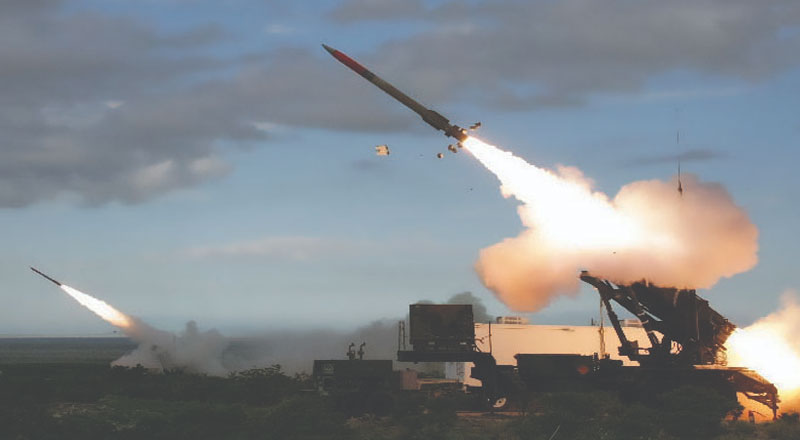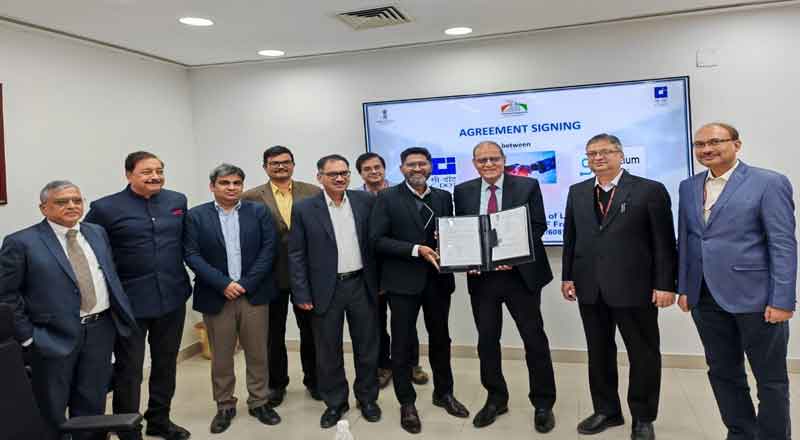India entered an elite club of nations with the capability to fire a Ballistic Missile defence (BMD) interceptor from a naval platform when it successfully carried out the maiden test of the weapon system off its coast from the eastern province of Odisha.
The DRDO and Indian Navy successfully conducted a maiden flight trial of a sea-based endo-atmospheric interceptor missile off the coast of Odisha. India’s ambitious ballistic missile defence system achieved success with the first flight test of an endo-atmospheric interceptor missile from a ship in the Bay of Bengal off the coast of Odisha.
According to a statement by the defence ministry, the purpose of the trial was to engage and neutralize a hostile ballistic missile threat, thereby elevating the country into the elite club of nations having Naval Ballistic Missile Defence (BMD) capability.
“Prior to this, DRDO has successfully demonstrated a land-based BMD system with capability to neutralize ballistic missile threats, emerging from adversaries,” the statement added.
Defence minister Rajnath Singh congratulated DRDO and Indian Navy for achieving the feat. DRDO chief Samir V Kamat also complimented the teams involved in the design and development of the missile. By engaging and neutralising a hostile ballistic missile threat, the sea-based missile’s trial, according to the defence ministry, placed India into a select group of countries with such a capability.
AWACS (airborne warning and control systems) and other hostile aircraft, as well as approaching long-range nuclear missiles, can be intercepted by BMDs.
AD-1 is a long-range interceptor missile designed for both low exo-atmospheric and endo-atmospheric interception of long-range ballistic missiles and aircraft. It is propelled by a two-stage solid motor and equipped with an indigenously developed advanced control system, navigation, and guidance algorithm to precisely guide the vehicle to the target.
The successful trial of AD-1 from both land-based and sea-based platforms would provide great operational flexibility to the Indian armed forces. India now possessed multiple options and the capability to engage incoming enemy ballistic missiles. The Indian BMD program aimed at providing a shield over its skies against all hostile missiles, including ones carrying nuclear warheads.
India launched the BMD program after the war with Pakistan in the Kargil sector in 1999 to counter the enemy nation’s widening spectrum of ballistic missiles that usually delivered both conventional and nuclear warheads. China, too, is said to have contributed heavily to the development of Pakistan’s ballistic missile capabilities.
India faces threats of a ballistic missile attack, with either conventional or nuclear warheads, from both Pakistan and China. While Pakistan has road-mobile Abdali, Ghaznavi, Shaheen-I, and NASR ballistic missiles with shorter ranges, it also possesses medium-range Shaheen-2 and Ghauri missiles that can reach the western coast of India and most of northern India.
Experts also believe that Pakistan is developing the Shaheen-3 and the Ababeel medium-range missiles, including the Multiple-Independently Targetable Re-entry Vehicle (MIRV) in the latter’s design. These capabilities are yet to be tested, and doubts exist if Pakistan has successfully miniaturized a nuclear warhead for the MIRV design.





